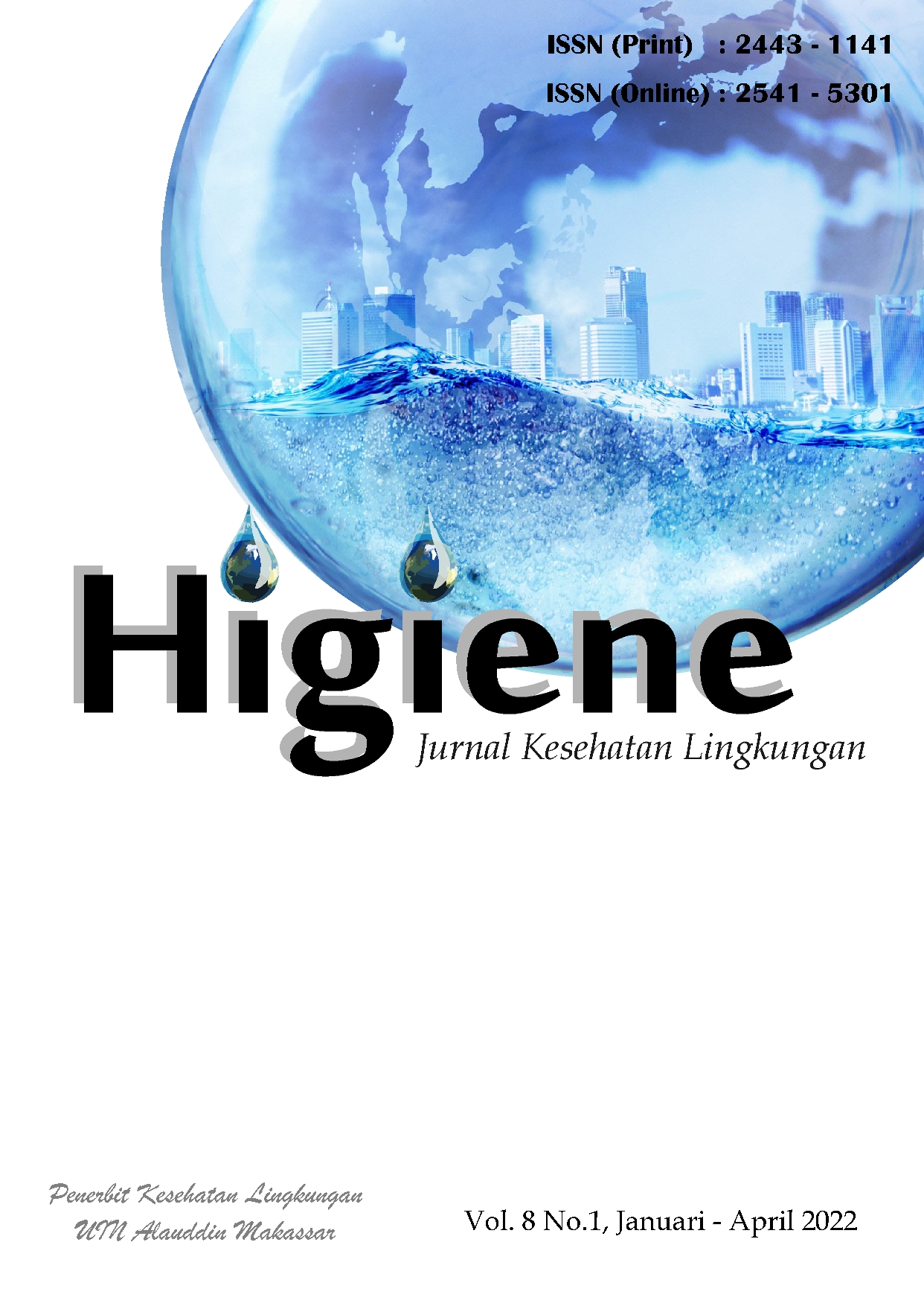Swa Pantau Hasil Pengelohan Air Limbah di IPAL RS PTN Universitas Hasanuddin
Abstract
Hospital waste water is all liquid waste originating from the process of all hospital activities which include: liquid domestic waste, namely bathroom, kitchen waste, water used for washing clothes; clinical liquid waste, namely wastewater originating from hospital clinical activities, such as water from washing wounds, washing blood, etc.; laboratory wastewater; and other. Wastewater Treatment Plant (IPAL) for health service facilities, namely water structures that function to treat wastewater originating from medical activities in health care facilities in hospitals. Self-monitoring of wastewater treatment results at the WWTP of PTN Unhas Hospital aims to measure and ensure that the wastewater produced remains in accordance with the established quality standards, namely the Minister of Environment Regulation Number 5 of 2014 concerning Wastewater Quality Standards for Business and/or Health Service Facility Activities. This type of research is descriptive research with grab sampling method. The activities carried out are self- monitoring of the results of wastewater treatment at the WWTP of PTN UNHAS Hospital every day for 4 weeks. The parameters measured were pH, temperature, TDS, discharge and chlorine using a water quality meter and a chlorine meter. all parameters measured are still in accordance with the established quality standards.
Keywords : Hasanuddin University Teaching Hospital; self-monitoring; wastewater treatment; Chlorine; TDS; Ph.
Copyright (c) 2022 HIGIENE: Jurnal Kesehatan Lingkungan

This work is licensed under a Creative Commons Attribution 4.0 International License.


